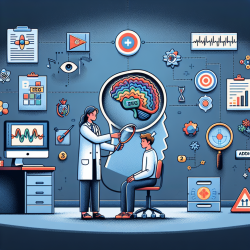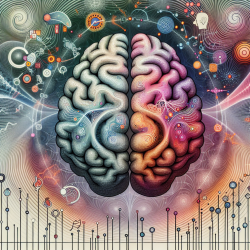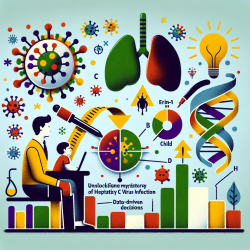Introduction
Attention-deficit/hyperactivity disorder (ADHD) is a complex condition characterized by inattentiveness, hyperactivity, and impulsiveness. Diagnosing ADHD can be challenging due to the overlap of its symptoms with other psychiatric and medical conditions. Recent research by Snyder et al. (2015) explores the integration of an EEG biomarker, specifically the theta/beta ratio (TBR), with traditional clinical evaluations to enhance diagnostic accuracy and ensure that ADHD symptoms are not better explained by other conditions (criterion E).
The Power of EEG Biomarkers
The study conducted by Snyder and colleagues involved a comprehensive evaluation of 275 children and adolescents presenting with attentional and behavioral concerns. By incorporating EEG data, particularly the TBR, into the diagnostic process, clinicians can significantly improve the accuracy of ADHD diagnoses. The research demonstrated that integrating EEG biomarkers could enhance diagnostic accuracy from 61% to 88%.
Key Findings
- Of the patients meeting ADHD criteria per a clinician's judgment, 34% were found to be less likely to meet criterion E by a multidisciplinary team.
- 91% of these cases were identified by EEG as having a relatively lower TBR, suggesting the presence of other conditions that could mimic ADHD symptoms.
- The integration method was in 97% agreement with the multidisciplinary team in resolving uncertain cases.
Clinical Implications
Integrating EEG biomarkers into clinical evaluations offers several advantages:
- Improved Diagnostic Accuracy: Clinicians can more accurately determine whether ADHD is the primary diagnosis or if symptoms are better explained by another condition.
- Enhanced Confidence: Clinicians can make more informed decisions, leading to better treatment planning and management.
- Reduction in Overdiagnosis: By accurately identifying cases that do not meet criterion E, clinicians can avoid unnecessary ADHD diagnoses and focus on treating the underlying conditions.
Encouraging Further Research
The integration of EEG biomarkers into ADHD evaluations is a promising development in the field of neurodevelopmental disorders. Practitioners are encouraged to explore this approach further and consider its application in their clinical practice. By doing so, they can contribute to a more nuanced understanding of ADHD and improve outcomes for their patients.
For those interested in delving deeper into the research, the original paper provides a comprehensive overview of the study's methodology and findings. Integration of an EEG biomarker with a clinician's ADHD evaluation.










